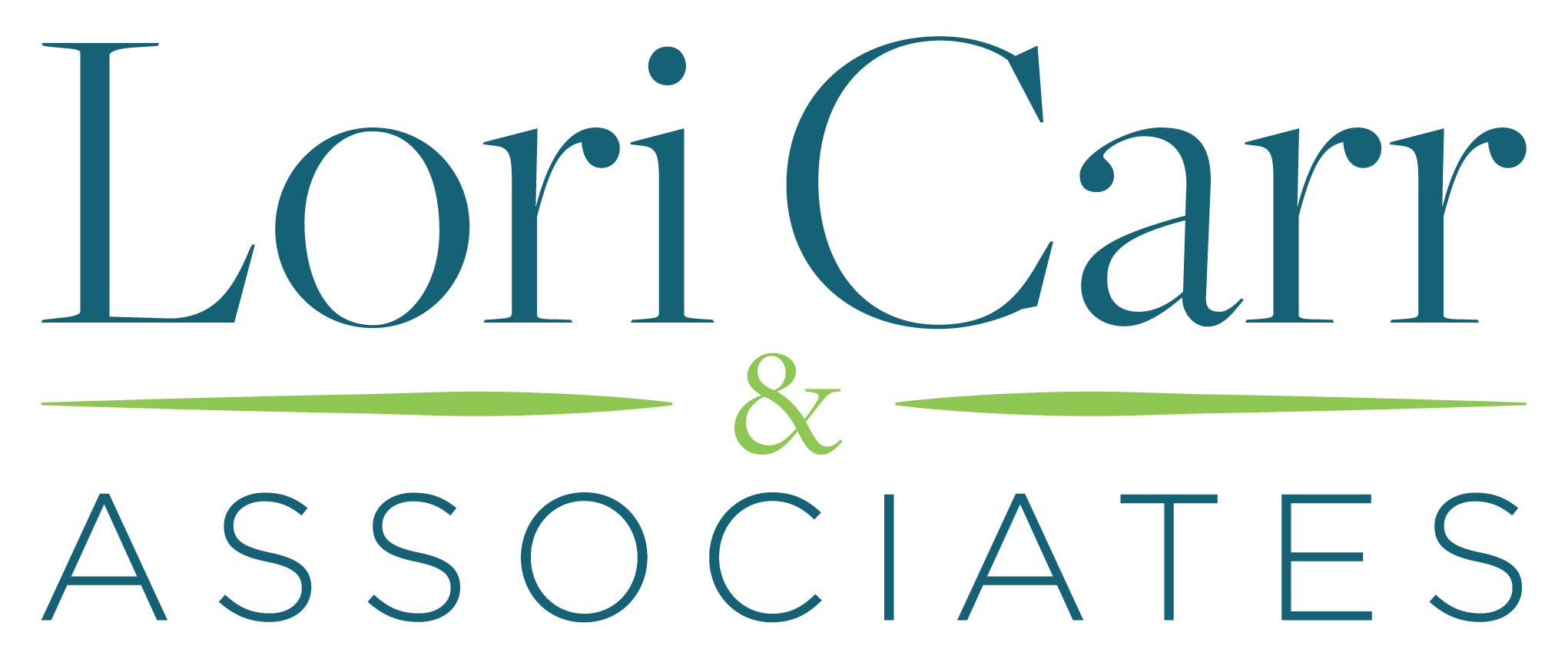- Want to learn more?
- [email protected]
Exceptional Service for Current Customers
Exceptional Service for Current Customers

I’m excited to follow up on my previous feature article, Mend the Holes in Your Leaky Bucket: 10 Best Practices for Higher Customer Retention. The first best practice in this series is exceptional service for current customers.
There are many misconceptions about why customers leave, so I want to explain some facts about customer churn. To start with, I’d like to emphasize that many causes of poor service (and ultimately, churn) have nothing to do with the customer service department or its representatives. The truth is, a company’s delivery of service excellence is a highly interdependent endeavor involving just about every department.
Although service representatives (and often sales associates) are on the front line, the problems that customers face—and the potential for customer dissatisfaction—lurk in many different places. For example, customer experience breakdowns can result from miscommunication between departments, or from faulty or outdated processes, systems, policies, and technology, or from a lack of performance accountability.
In this light, take note of these churn fallacies: “customers quit because of one or two bad service experiences”; “customer intervention at any point can save the day”; “one silver bullet will stop churn”; and “just satisfying customers is good enough.” (For more details on churn fallacies, see this article by Bain & Company.)
The reality about churn is that customers quit after the occurrence of many service mishaps, sometimes the same issue repeatedly, over a lengthy period. It’s not the very last service issue but rather the accumulation of all the times you’ve messed up that finally breaks the proverbial camel’s back. When you don’t intervene early enough or in the right ways, customers ultimately take their business elsewhere, anywhere but with you, and they are resentful. Scrambling, you may try to save the customer, even bribing with freebies and giveaways, but it’s just too little too late. The sad truth is that the customer is lost, resentment is created, and just about all of it could have been prevented.
What I’m going to say next—and your willingness and ability to act on it—will make or break you in terms of successfully reducing customer churn and at some point achieving negative churn as well (a very positive thing). If you don’t take customer churn seriously, it will persist: slowly at first, but then, as your leaky bucket gives way, so fast that it may not be possible for your company to recover.
 I want you to wage what I call an internal Customer Service Dissatisfaction Disruption Campaign to identify and permanently eliminate the dissatisfiers lurking within your company. In another article, we’ll show you ways to delight customers and effect those strategies in a well-defined journey mapping process (Customer Journey Mapping, Destination: Success). When these efforts are implemented together, customer retention rises dramatically.
I want you to wage what I call an internal Customer Service Dissatisfaction Disruption Campaign to identify and permanently eliminate the dissatisfiers lurking within your company. In another article, we’ll show you ways to delight customers and effect those strategies in a well-defined journey mapping process (Customer Journey Mapping, Destination: Success). When these efforts are implemented together, customer retention rises dramatically.
To succeed, the Customer Service Dissatisfaction Disruption Campaign requires cross-functional leadership and defined objectives, supported by roadmaps with assigned responsibilities and financial resources. The customer officer or a dedicated project leader, reporting directly to the CEO, is the best choice to spearhead this cross-company collaboration.
Think about the departments and processes within your company where customer dissatisfaction occurs. Voice of the customer (VoC) feedback can help to guide you. From my experience, I recommend several areas for consideration (your company’s specific circumstances may be slightly different).
Product Development: No premature launches with “known issues”! Involve the sales and service teams in the pre-launch process to understand and work out potential challenges, ensuring that new products are fully tested and functioning as designed prior to launch. For existing products, use customer insight to choose the top two or three dissatisfiers—and then make those feature improvements now. Don’t forget to thank customers for their input and let them know you used it.
Marketing: Marketing messages need to be current, and the sales team’s knowledge should align with the product feature set. Advertising, special deals, and promotional campaigns should be planned together with sales and service teams before launch, ensuring that all staff are informed and prepared to handle inquiries consistently and with quality.
Sales: Sometimes sales associates set customer expectations beyond the actual product feature set, causing post-sale problems during implementation, onboarding, or training. The service experience then becomes negative if buyer’s remorse sets in or if the service team has to “resell” the product to an unhappy new customer. Coordinate the marketing, sales, and service teams to iron out everyone’s understanding of the feature set and the key messages for customers, ensuring that what is sold and what is bought are the same in the mind of the buyer.
Service: Installation, onboarding, training, and customer service are all key “moments of truth” and an opportunity to make a great first, second, and third impression. These connected processes must be very tightly aligned, with particular attention paid to handoffs between consecutive work processes and departments. Bring these teams together to identify customer experience breakdowns and dissatisfiers, and figure out how to fix them—then fix them immediately, and require accountability from everyone on the new process.
Billing: Are your bills consolidated, easy to read, and reliably accurate? If not, use feedback from customers and the service team to identify specific issues and make a plan to fix them. It’s the billing leader’s responsibility to ensure that any and all billing dissatisfiers are resolved within a reasonable timeline.
Process: Nothing creates a negative customer experience more surely than a poorly designed process. You’ll likely discover aspects that are frustrating, outdated, broken, or difficult to navigate. Explore your customers’ journey—then initiate cross-functional teamwork to unravel any dissatisfying process and rebuild it in a customer-centric way that also works more effectively for the company.
 Company Policy: Nonsensical policies are maddening. Think about Best Buy’s requirement that customers pick up their merchandise at a local retail store after they’ve ordered it online: seriously, is that not incredibly inconvenient? Your frontline service staff knows which policies are dissatisfying customers. Customer feedback offers clues as well. Choose the top two or three policies that need changing and give a cross-functional team the authority to make recommendations or to redesign them outright—then communicate and change those policies within the next quarter.
Company Policy: Nonsensical policies are maddening. Think about Best Buy’s requirement that customers pick up their merchandise at a local retail store after they’ve ordered it online: seriously, is that not incredibly inconvenient? Your frontline service staff knows which policies are dissatisfying customers. Customer feedback offers clues as well. Choose the top two or three policies that need changing and give a cross-functional team the authority to make recommendations or to redesign them outright—then communicate and change those policies within the next quarter.
Some companies prioritize addressing internal customer dissatisfiers so highly that they structure accountability directly into the leadership process. For example, the company leader “owning” the identified dissatisfier is given 90 days to resolve it or to set up a feasible temporary workaround with a plan for a permanent fix: if the dissatisfier is successfully eradicated, the leader is recognized and given a bonus; but if there’s no follow through on a lasting solution, the leader’s bonus and performance appraisal are negatively impacted.
The approach I’m recommending here is not easy. It’s not a quick-fix, nor should it be—it’s work. But as you undergo the effort of this internal Customer Service Dissatisfaction Disruption Campaign, you will make the vital changes necessary to reduce your company’s customer churn.
Stay tuned weekly as I delve more deeply into the rest of the best practices for higher customer retention identified in Mend the Holes in Your Leaky Bucket. This 10-article series will give you valuable insights and guidance as you plan, develop, and implement your own customer retention strategy.
Ready to move forward more quickly? Interested in personal assistance? Let’s chat. Please sign up for my complimentary one-hour Customer Insight Strategy Session by calling our office at 617.848.4589 or emailing [email protected].
Lori Carr is a customer experience pioneer and expert. Working with Fortune 500 companies for the past 25 years, she helps recognized brands to dramatically increase retention, loyalty and profitable revenues.




